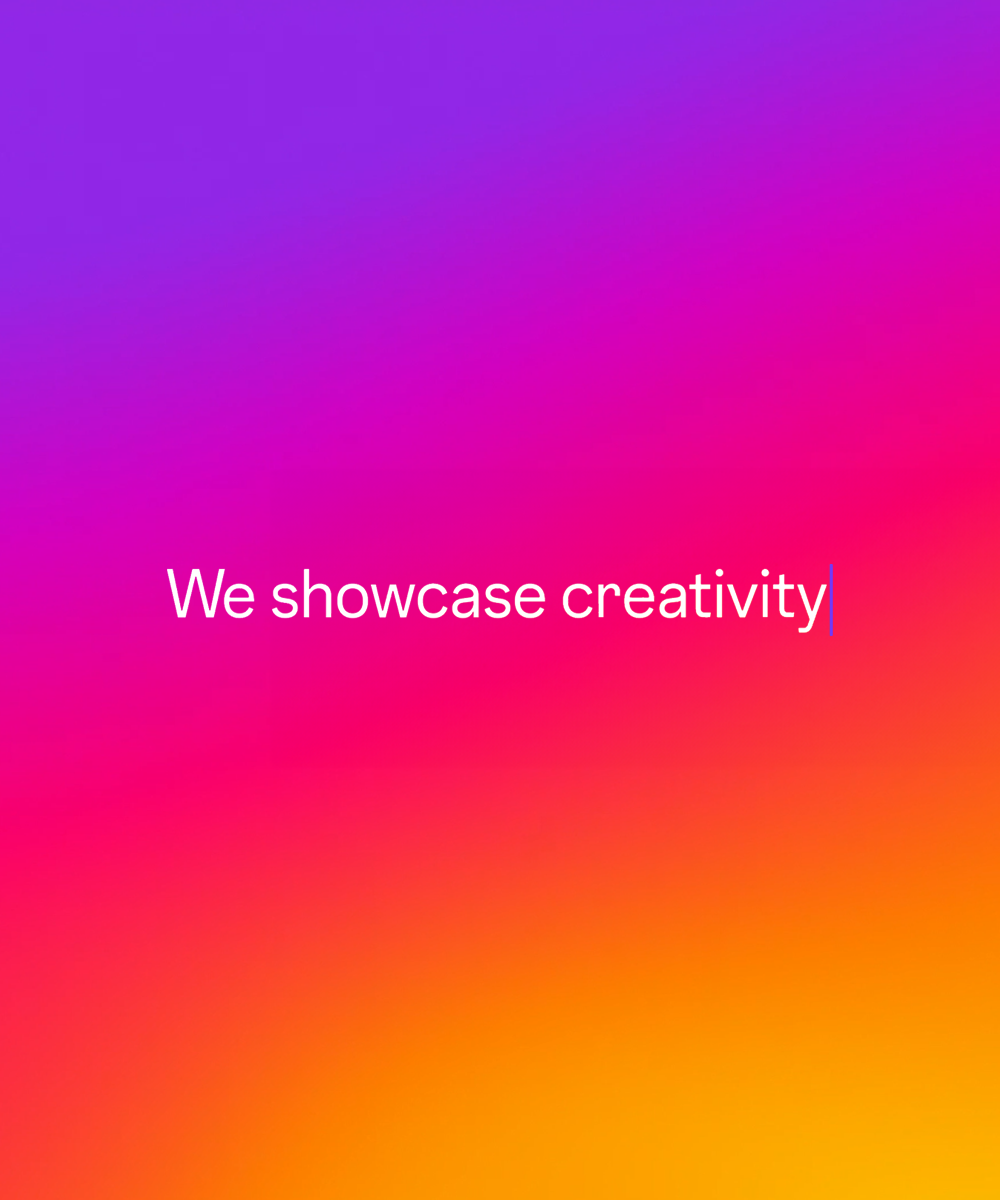
Customers are criss-crossing between digital platforms and products like never before, making it increasingly difficult for brands to keep up with all customer touchpoints. As customer journeys have expanded and diversified, customer data platforms (CDPs) have become a fundamental element of the marketing technology stack. But are they a silver bullet in a continually evolving space? How and when should you be using them, and how can they impact your customer experience?
We explored this in detail at ‘Optimising the Future’, DEPT® and Optimizely’s joint virtual event designed to inspire and accelerate digital strategies through 2022 and beyond. DEPT®’s data and technology expert Marc Preusche was joined by Senior Digital Business Consultant Carolin Bornholdt and Marcel Amosse, Optimizely’s Director, Head of DXP DACH, to discuss the future of CDPs and the role they play in our digital reality. Here are five key takeaways.
01 Establishing a clear definition
As the name suggests, CDPs are centred around the customer, but the variety and versatility of solutions has led different people and companies to have different definitions. So before we explore what they can do, we need to define exactly what it is.
The CDP Institute, a vendor-agnostic organisation dedicated to helping marketers manage customer data, defines it as “a packaged software that creates a persistent, unified customer database that is accessible to other systems.” Customer data platform software aggregates and analyses customer data from a variety of sources. It collects real-time first, second and third party data to create customer profiles based on their demographic, historic behaviour and browsing activity. This can include data from the CRM, web forms, events, email, social media, websites and many more. With a more holistic and intelligent view of individual customers’ needs and preferences, the data can be activated to develop smarter marketing campaigns and deliver more personalised messaging.
“Basically, it’s about bringing together all these data silos to get a 360º view of the customer. There are two key parts of a CDP: the analytical part, where you gather intelligence about customers and their activity on your site, and the engagement part, where all the intelligence is orchestrated to drive action,” says Marc.
It’s about bringing together all these data silos to get a 360º view of the customer.
Marc Preusche, DEPT®
02 Recognise the evolution of customer centricity
Gartner defines customer centricity as “the ability of people in an organisation to understand customers’ situations, perceptions, and expectations.”
Before the world went digital, customer centricity was based on businesses having direct relationships with their customers. Local business owners and employees often knew customers’ names, birthdays and preferences, and were able to provide optimal service based on that information.
But today’s digital landscape is much more complex. Companies need to track thousands, if not millions, of customers across numerous physical and online touchpoints, to be able to identify and understand customer needs, and tailor goods or services towards them.
To be truly customer centric in a digital world, businesses need digital solutions, of which data and technology are the cornerstones. Commenting on this, Carolin said: “Everything is a lot more complicated today, but we still need to be customer centric. To do that, we need to gather data and leverage technology to communicate with customers in a customer centric way.”
The shift from mass communication to personalisation has led to a focus on delivering the right message, to the right person, at the right time. This puts greater demand on marketers, but CDPs can make it possible.
03 Activate through the funnel
Although most attention relating to CDPs is placed on customer loyalty, every stage of the customer journey can be managed or enhanced through the technology, providing opportunities to increase customer acquisition and nurture prospects through the full funnel.
Focusing on acquisition, Carolin said: “When you meet someone in real life, you have a short introduction; in the digital world this could be a Welcome Cycle. This is something that every company should have in some form. A common approach is to incentivise the first purchase, then you can follow up with great content relevant to that purchase, or take a service-led approach to make sure they know where to find you if they have questions about products.”
Welcome Cycles can be built with minimal setup and be enhanced as you go along, but the most important thing is to test and experiment to find what works in terms of messaging, timing, channels and the amount of touchpoints created.
Marcel shared an example of a brand that launched a new product line that didn’t perform well, but they used the Optimizely CDP to turn things around. He said: “When the launch didn’t drive as much revenue as expected, the company was weighing up whether to continue investing in the product line. They used the ODP (Optimizely Data Platform) to do some research and found that it actually had a fantastic conversion rate, it was just missing visibility. When the products were put in front of relevant audiences, they sold. So instead of cancelling the line, they used the CDP to understand the customer profile and target promotion towards audiences that fit this profile and had huge success.”

Once you’ve opened the door to customers, they’re in the funnel and have converted, you’ll want to close the door. So here the focus is on preventing churn. Companies spend significant amounts of money opening up the funnel to get customers in, but then once they’ve acquired them, little effort is made to keep them engaged and, at best, they might receive a weekly newsletter. CDPs provide lots of opportunities to effectively engage customers between purchases, improve their experience and drive loyalty, which is especially important when buying cycles are long.
Simple CDP functions can have a positive impact on the customer experience. “Few companies turn off marketing messages when a customer has complained. But it makes sense to make sure unhappy customers don’t receive a marketing email an hour after making a complaint. That can be a real ‘oops’ moment,” said Carolin.
Marc also shared an example relating to the insurance industry, saying: “Insurance contracts tend to renew every year until the customer cancels it, and what a lot of companies still do today is have a customer service team call the customers who cancelled their contracts. But a way to make this process more efficient and cost effective is to use less expensive channels, such as CDPs, as a starting point. In a push to retain customers, you could send a reminder about the renewal, then if they don’t react or convert, the customer service team can make personal contact. This creates an opportunity to quickly retain customers in a less intrusive and inexpensive way, which may also provide a better customer experience.”
04 Data is the new oil
It’s become much harder to deny the true value of data. “A metaphor I like to use with clients is: data is the new oil. But unlike oil, data doesn’t run out. The data pool just continues to grow, and this big data can be converted to smart data that companies can use to take positive action,” says Marc.
Some of the best evidence of this is in the B2B space, where customer groups and profiles are often more complex, providing even more opportunity to interrogate and activate data. Commenting on this, Marcel says: “There are some fantastic B2B use cases where rather than marketing to an audience that a small group of people have shaped based on desk research, profiles have been built on cluster analysis, regression analysis, revenue and cost data, to really find out who customers are, which are the most profitable, and where they are in the life cycle.”
Using CDPs for this deeper type of analysis enables companies to target marketing efforts much more strategically and create strong engagement opportunities at every stage in the funnel. Once the foundations have been laid, campaigns have been tested and optimised, the company gains access to an even stronger data set that can eventually be used to start predicting, through machine learning, what customers want from the brand.
Data is the new oil. But unlike oil, data doesn’t run out.
Marc Preusche, DEPT®
05 Significance of culture
It’s clear that the right technology is available, but technology can only go so far. It’s incredibly important that organisations have the right culture and mindset in order to reap the benefits of customer data platforms. If you don’t have a roadmap for CDP implementation or activation, neither the company nor the customer will benefit.
“Culture eats technology for breakfast,” says Marcel. “I personally don’t believe in silver bullets per se, but I believe in customer centricity, which must be at the heart of company culture for those that want to benefit from a CDP. Implementation shouldn’t be driven solely by making a technological change, it should be to optimise the customer experience.”
Our advice is to thoroughly assess and clearly define what you want the technology to achieve or improve, and consider working with a digital partner, especially if it’s your first foray into customer data platforms.
To find out more about how to use data to drive growth within your business, click below to watch the session in full, or get in touch with a member of our team.




